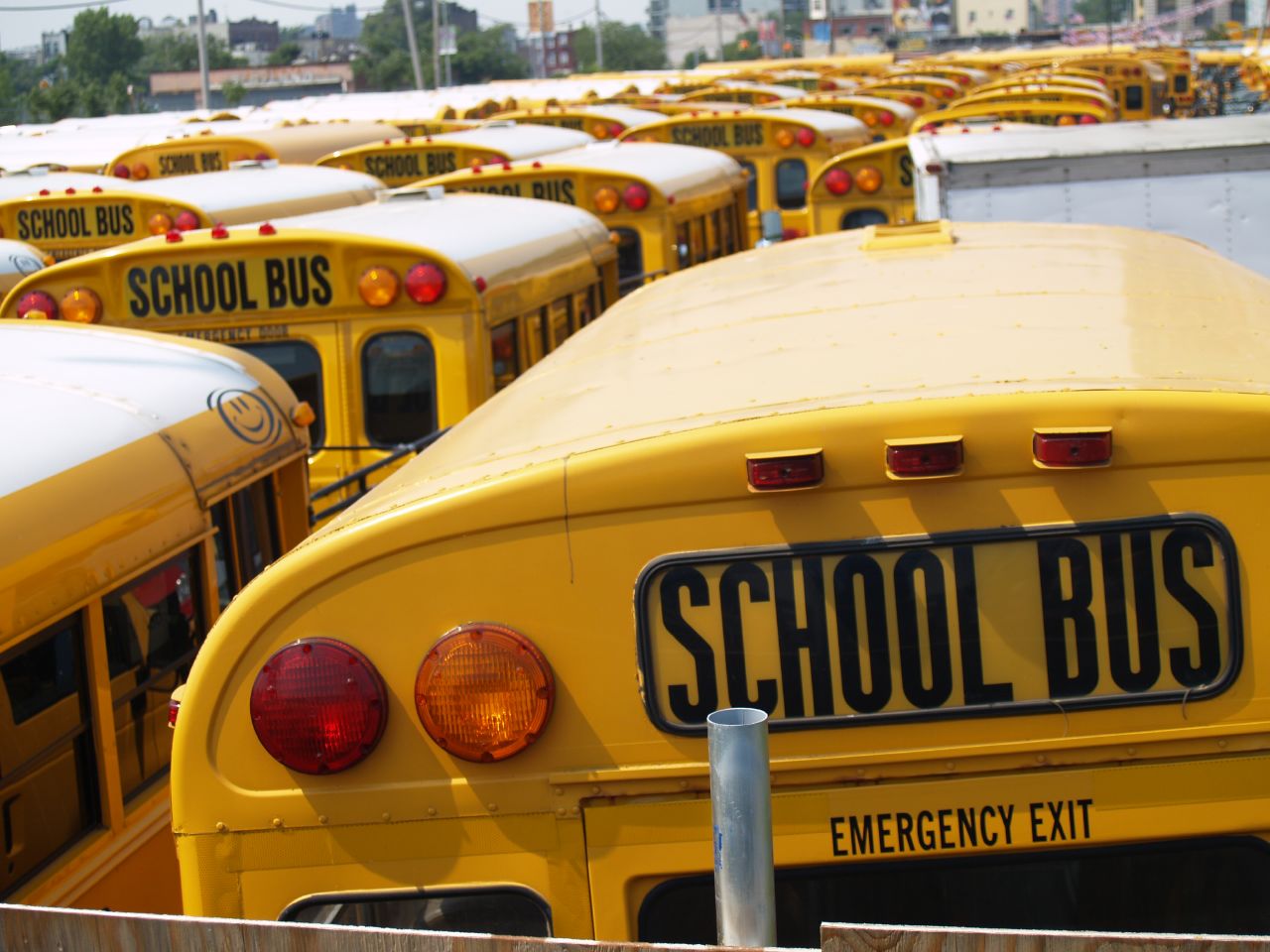
The Duke Lemur Center has added a webcam that overlooks an indoor enclosure shared by several Coquerel's sifakas, the striking brown and white leapers.
You can tilt and pan to your heart's delight, unless a thousand other users are in there too.

 The global level of carbon in the atmosphere is beyond the tipping point proposed by the Intergovernmental Panel on Climate Change (350 ppm), according to Thomas Lovejoy, founder of the Heinz Center for Science, Economics, and the Environment.
The global level of carbon in the atmosphere is beyond the tipping point proposed by the Intergovernmental Panel on Climate Change (350 ppm), according to Thomas Lovejoy, founder of the Heinz Center for Science, Economics, and the Environment. “Four hundred and fifty parts per million is not an acceptable target,” Lovejoy said at Duke's 2009 Oosting Memorial Lecture and Student Symposium April 15. “The last time the Earth was 2 degrees (C) warmer, sea level was 4 to 6 meters higher.”
The rise of both sea level and temperature will have immense repercussions for the natural world. Animal species, in an attempt to survive, will be forced to migrate to cooler, higher altitude areas, and areas above sea level. This migration is already starting to occur, Lovejoy said. “Nature is on the move.”
 With the fragmented landscapes humans have created and the tendency of species to move at different rates in different directions, this massive re-location may result in tattered ecosystems, he warned. The changes will not be linear, and may in fact result in changes of weather patterns.
With the fragmented landscapes humans have created and the tendency of species to move at different rates in different directions, this massive re-location may result in tattered ecosystems, he warned. The changes will not be linear, and may in fact result in changes of weather patterns.
But what can be done? The Earth would continue warming for more than a hundred years, even if carbon emissions were to cease immediately. In addition to preserving wildlife corridors, clamping down harder on human energy consumption and setting more stringent greenhouse gas goals, Lovejoy advises asking the Earth itself for some help. 
“The answer is biology,” Lovejoy said. “Twice in the history of the planet, high levels of CO2 have decreased from industrial levels: the origin of land plants and the expansion of angiosperms. If we act quickly, the biosphere may be able to perform this service again."
 Duke Senior Megan Kuhfeld wanted to know if starting class later in the morning helps the teenaged brain work better. To find out, she surveyed principals and school district officials across the country about their opinions, before and after their high schools switched to a late-start system.
Duke Senior Megan Kuhfeld wanted to know if starting class later in the morning helps the teenaged brain work better. To find out, she surveyed principals and school district officials across the country about their opinions, before and after their high schools switched to a late-start system.